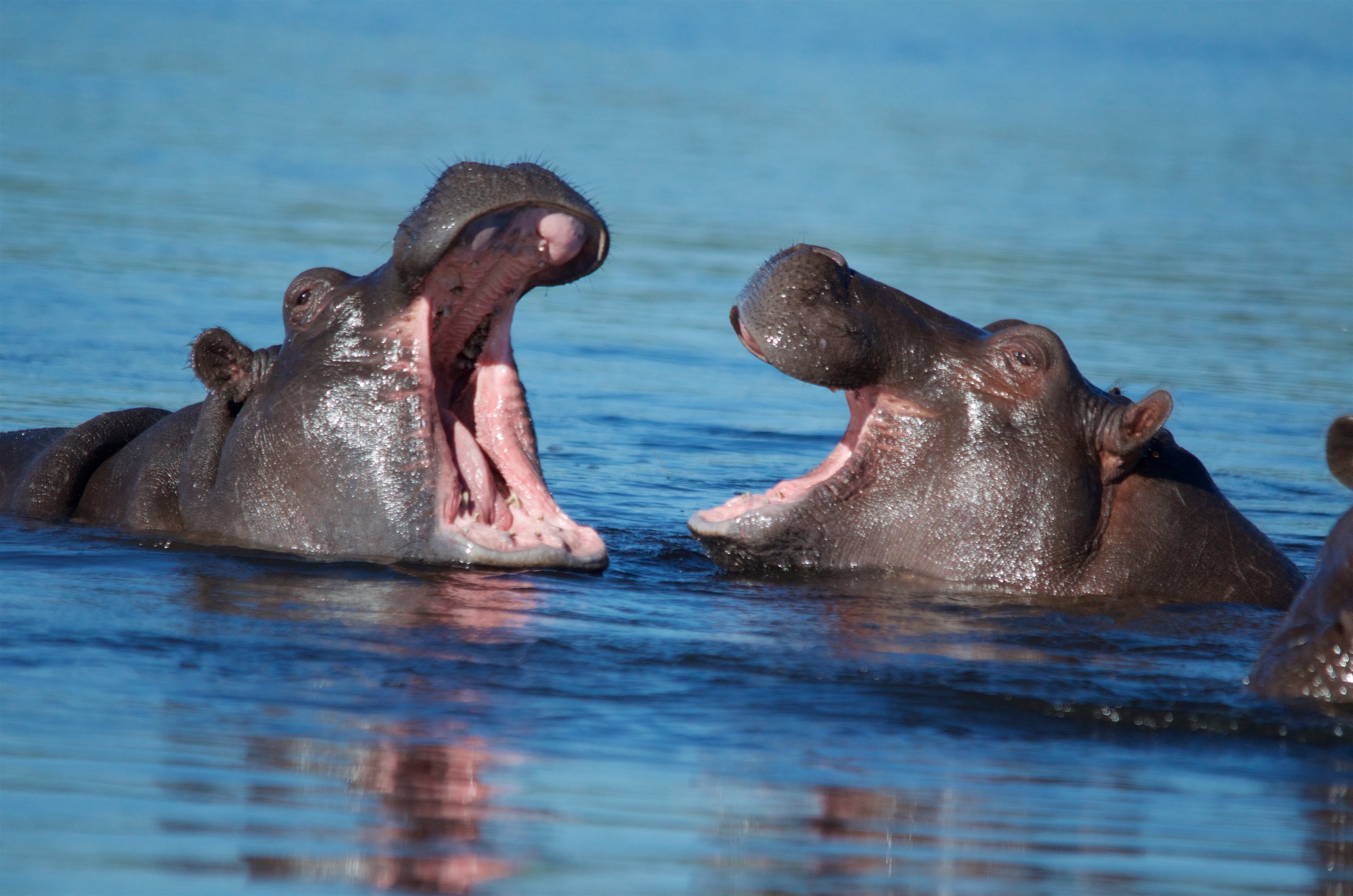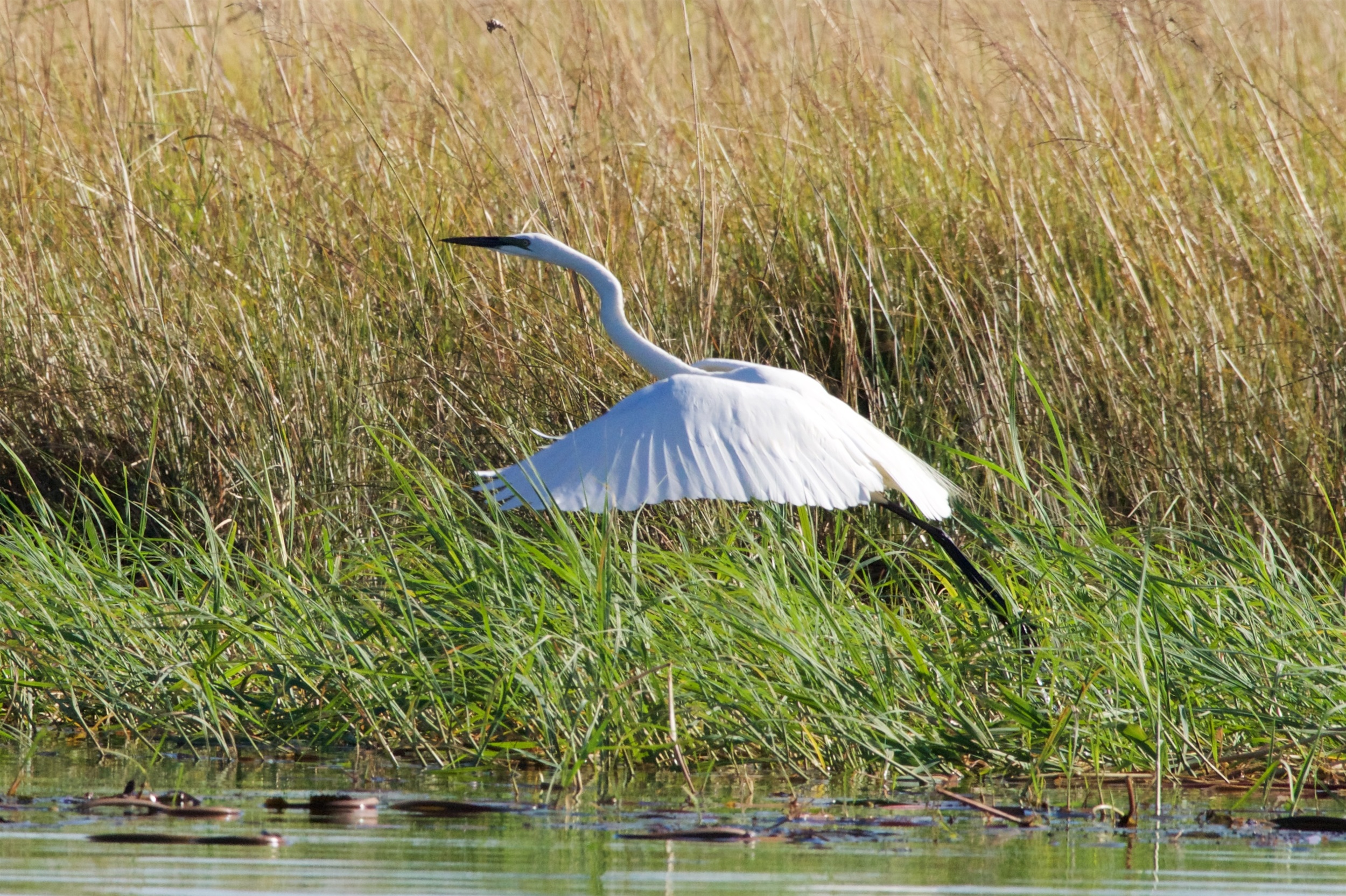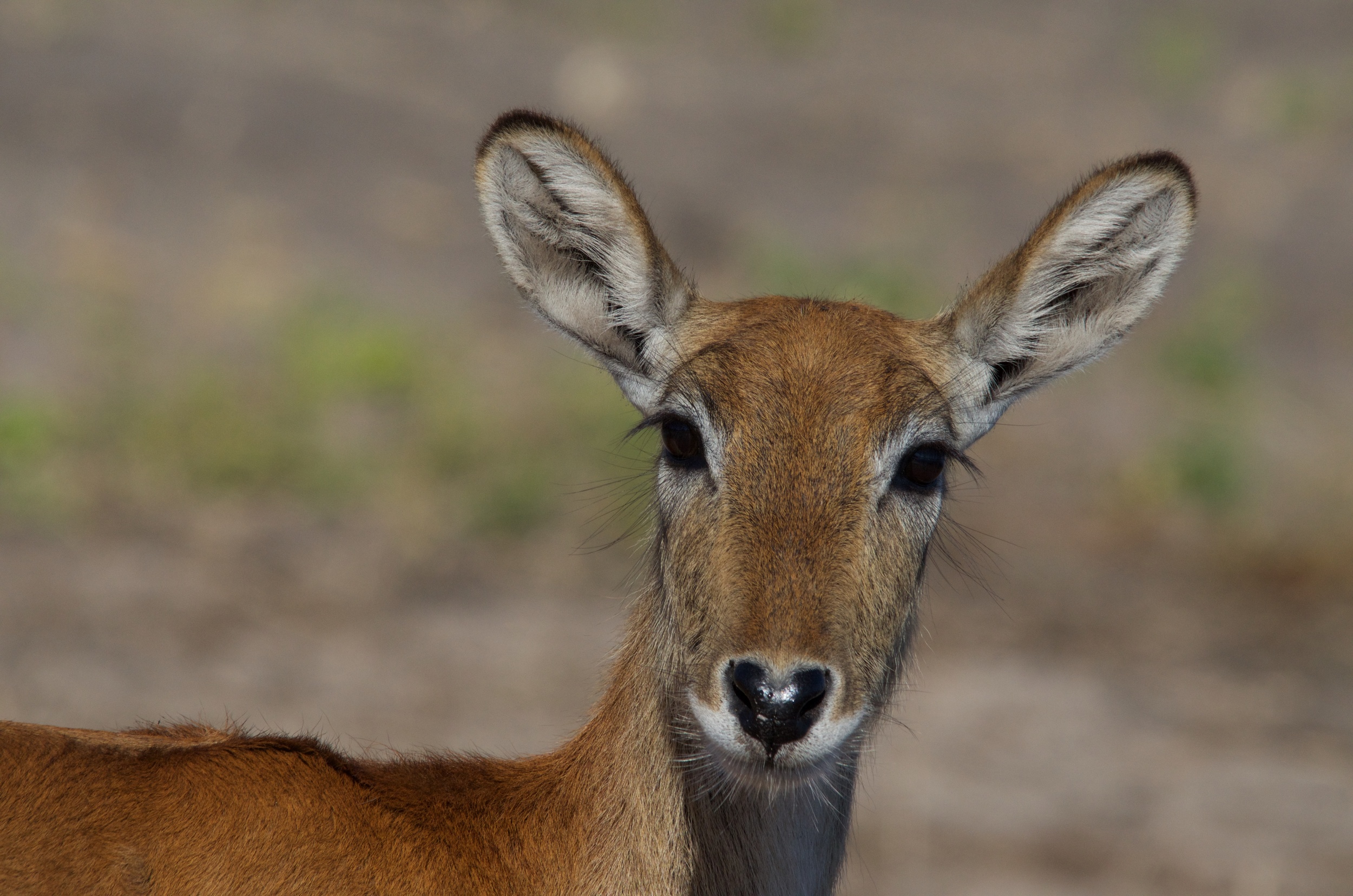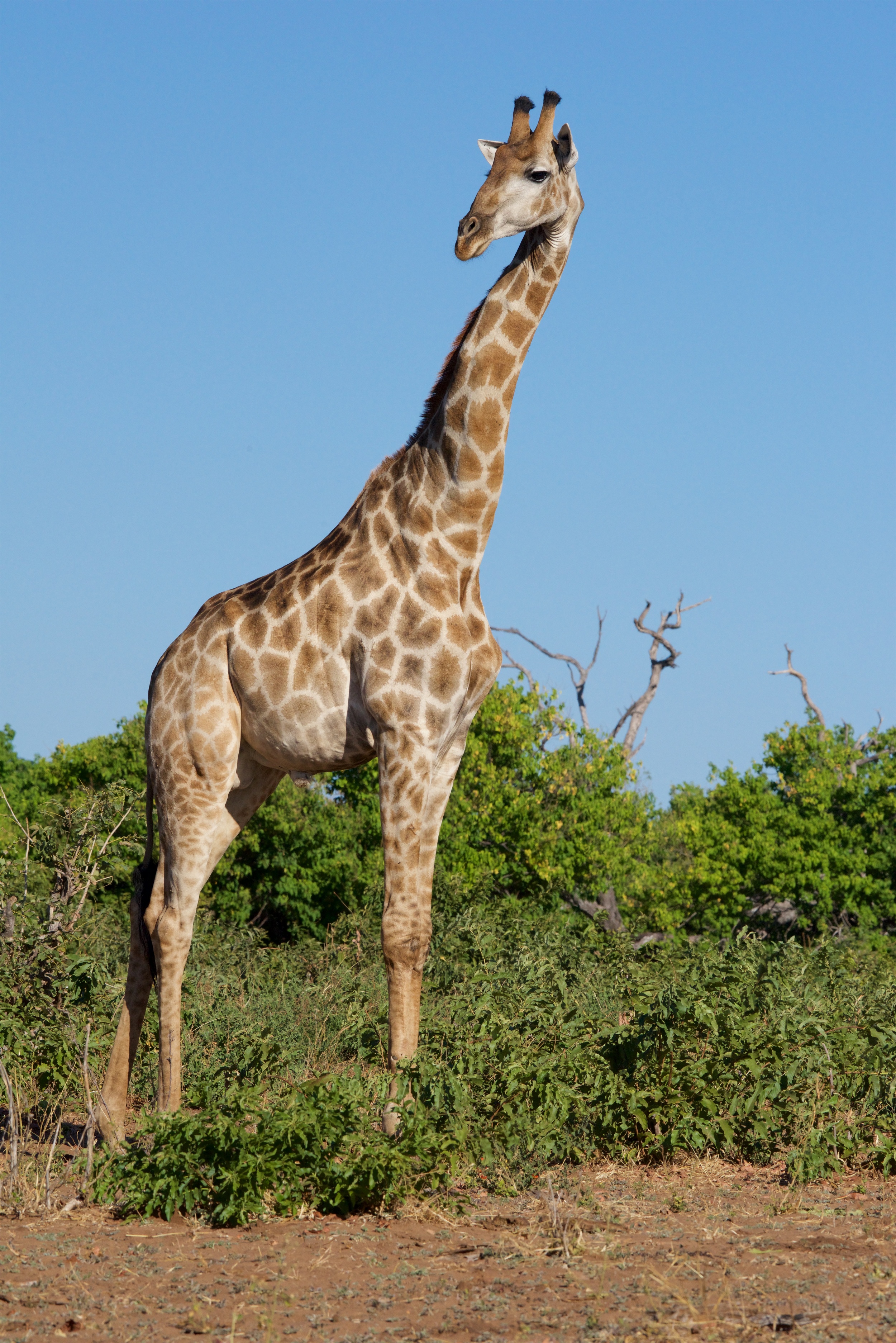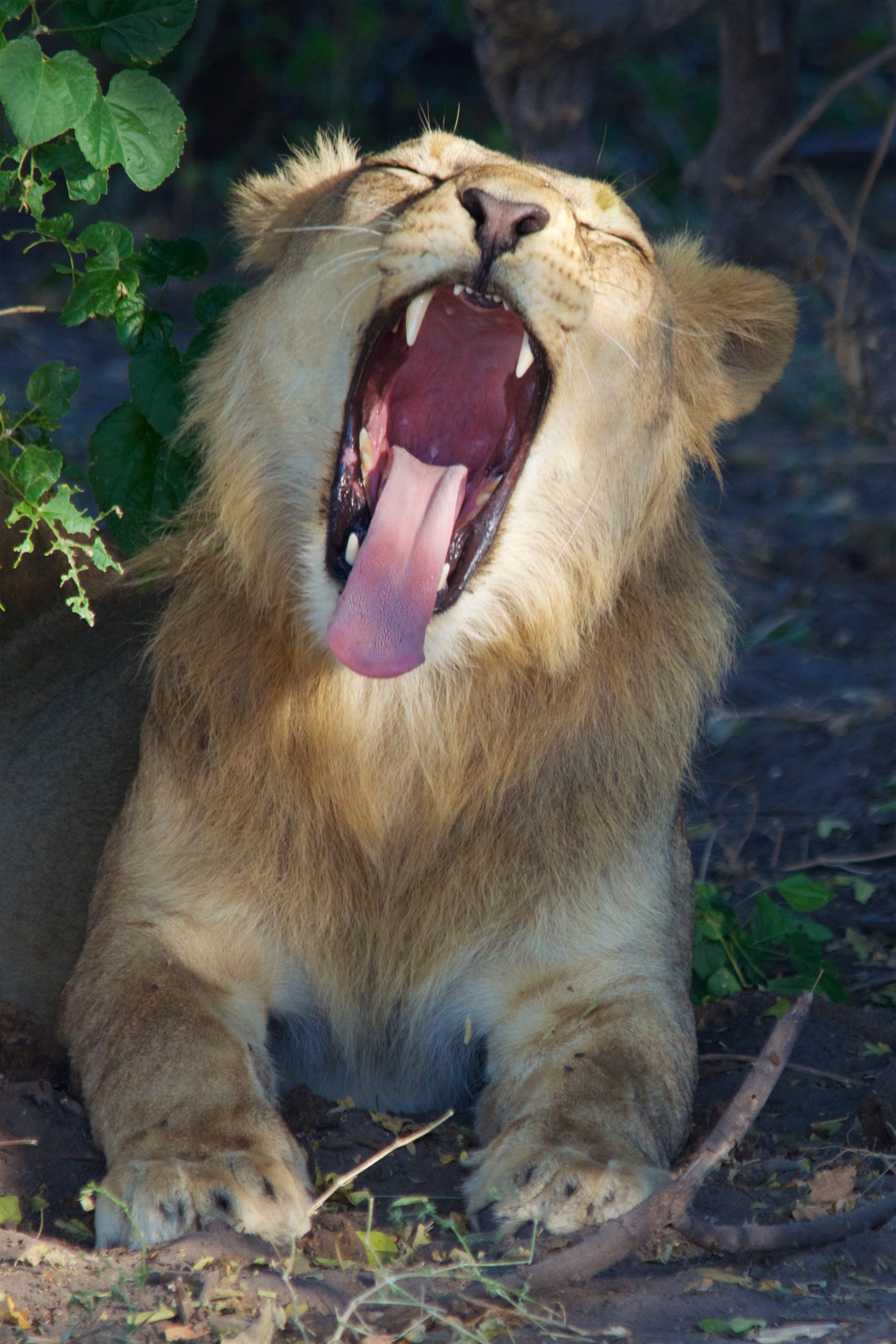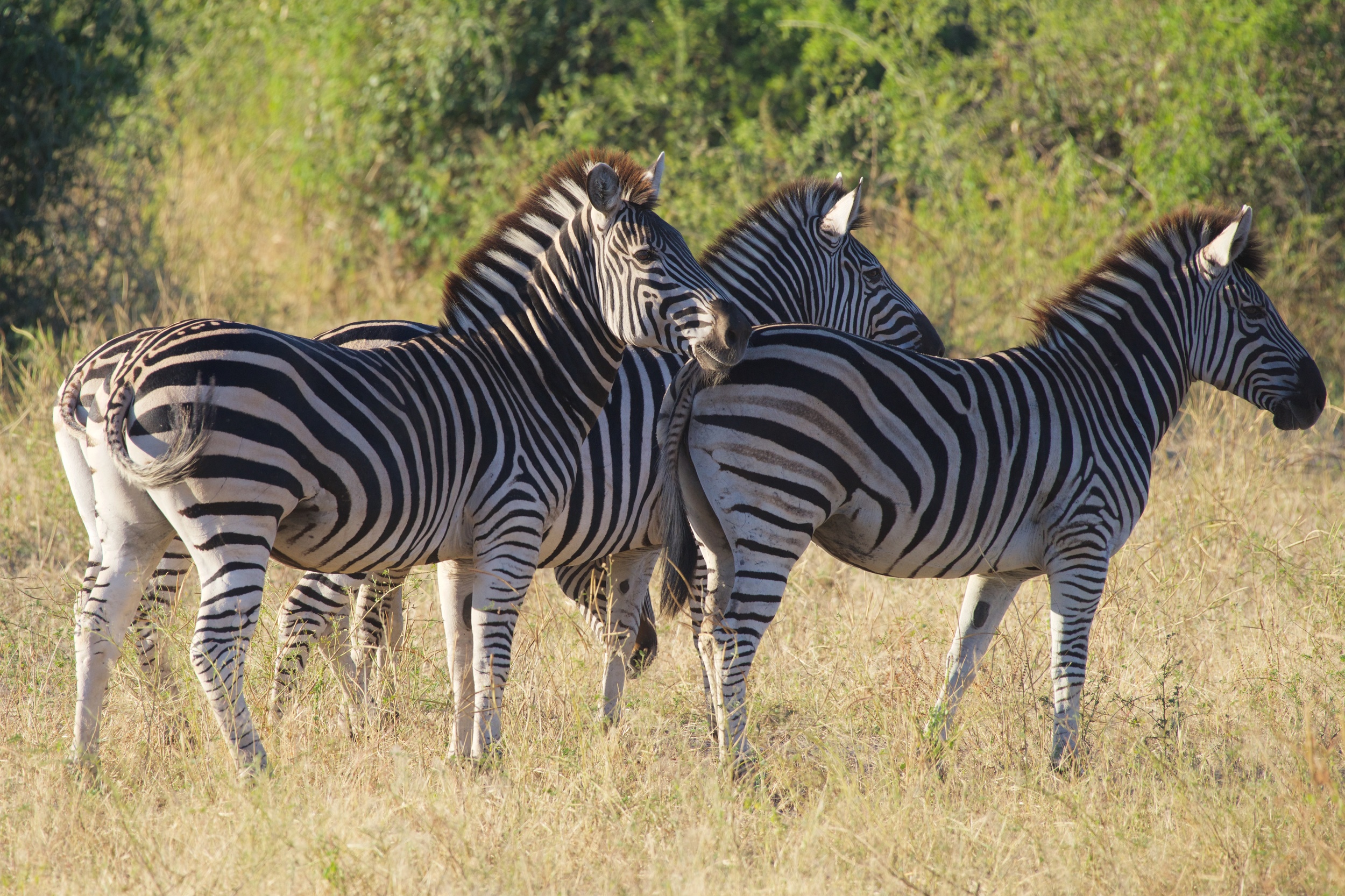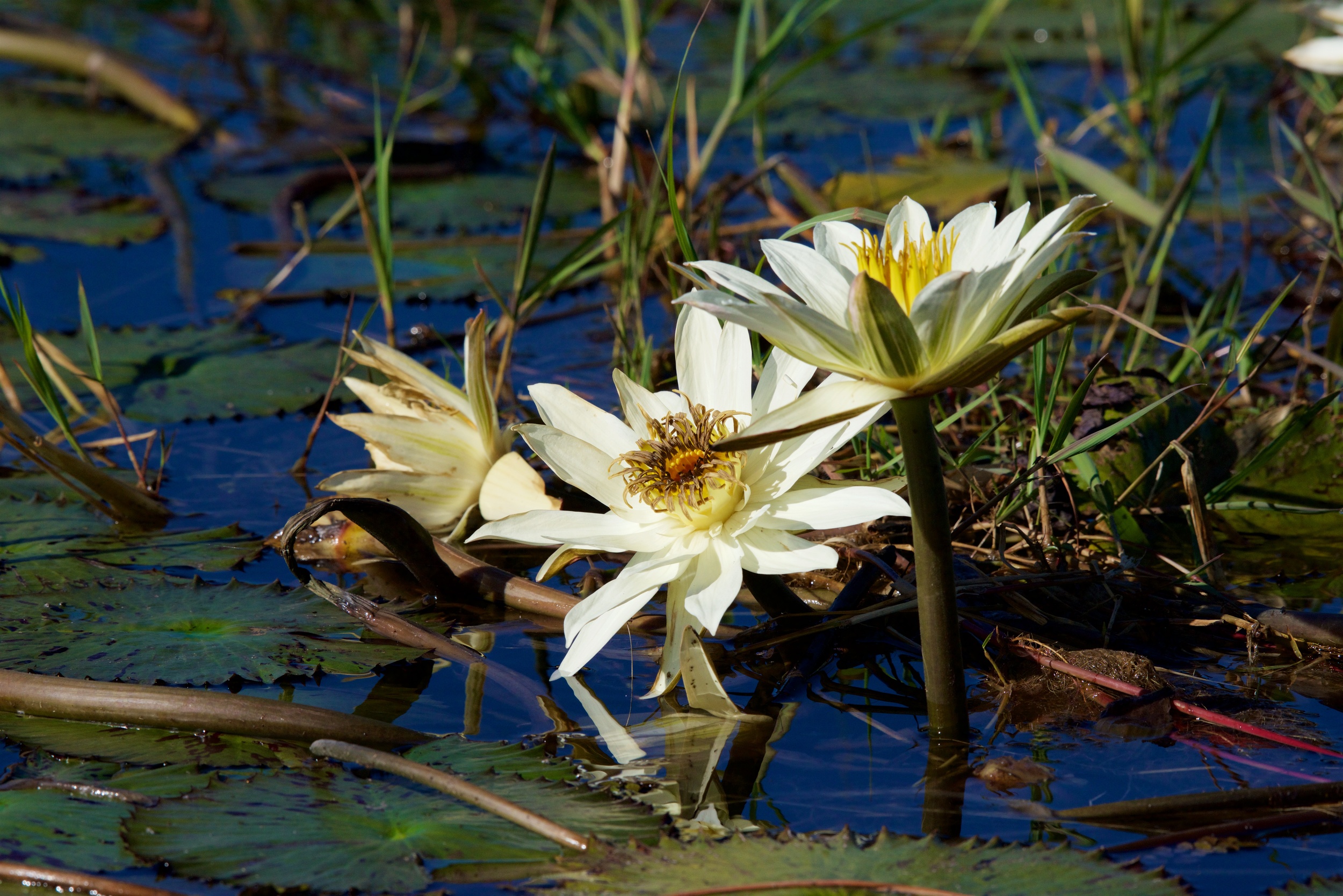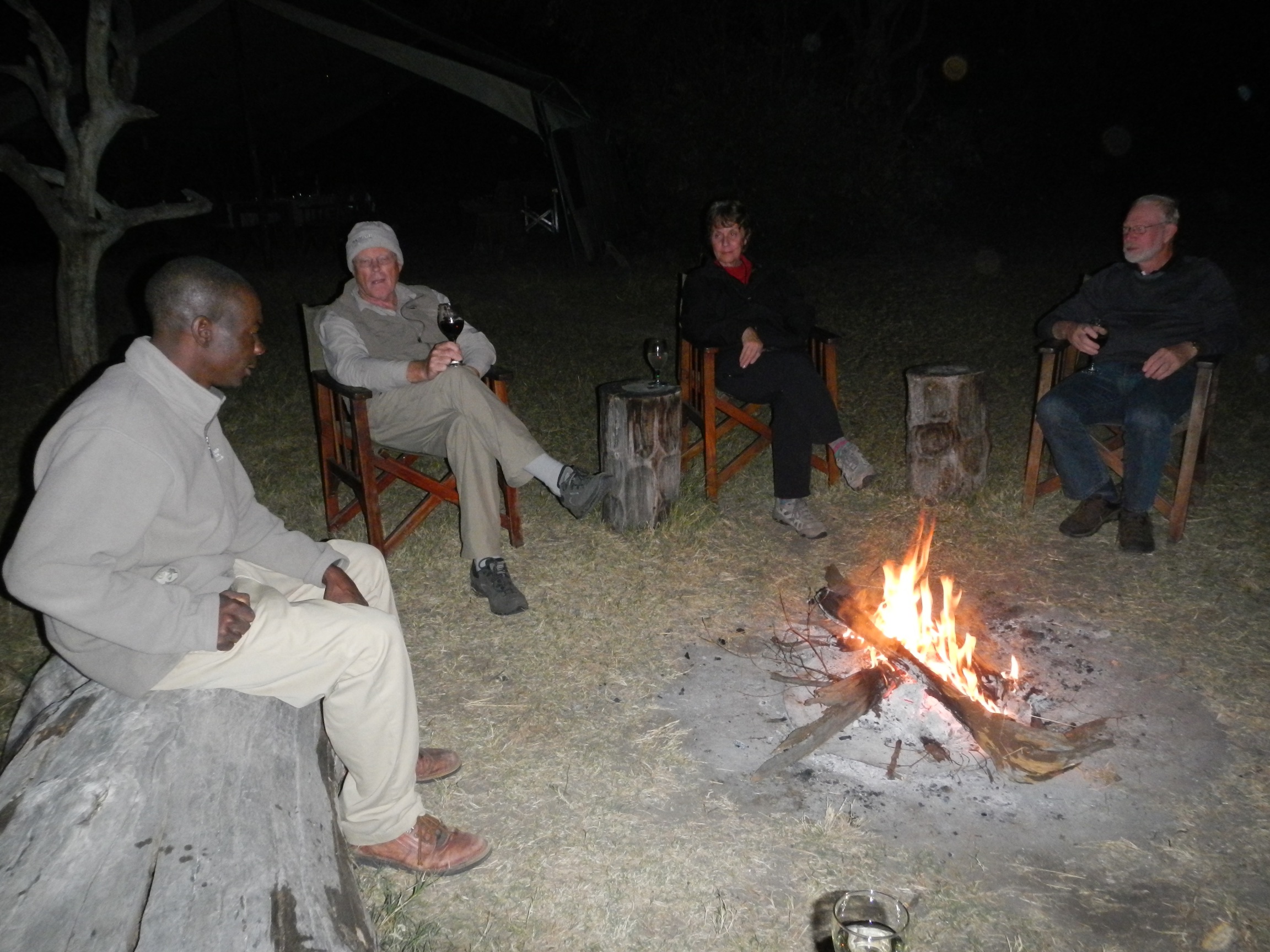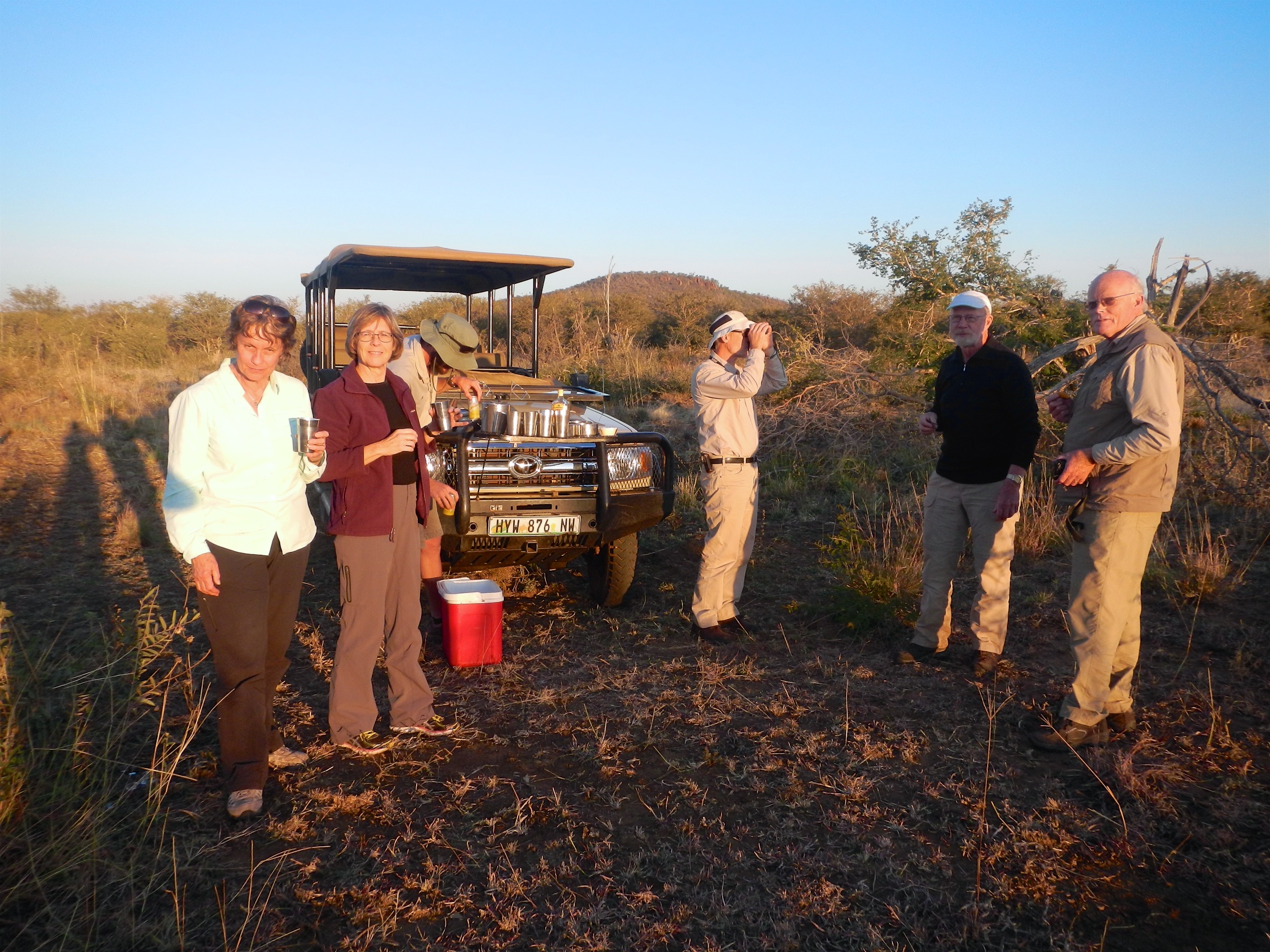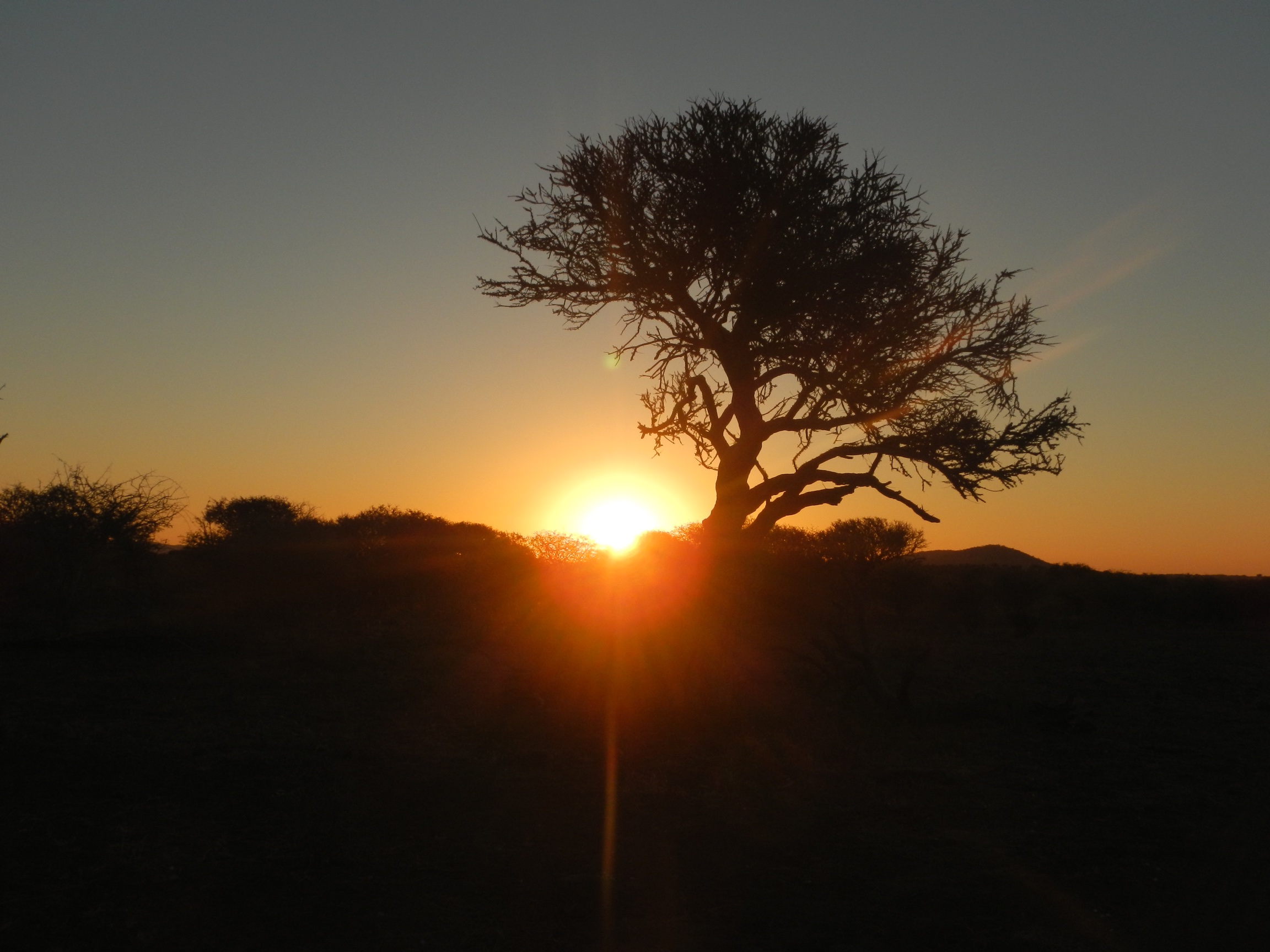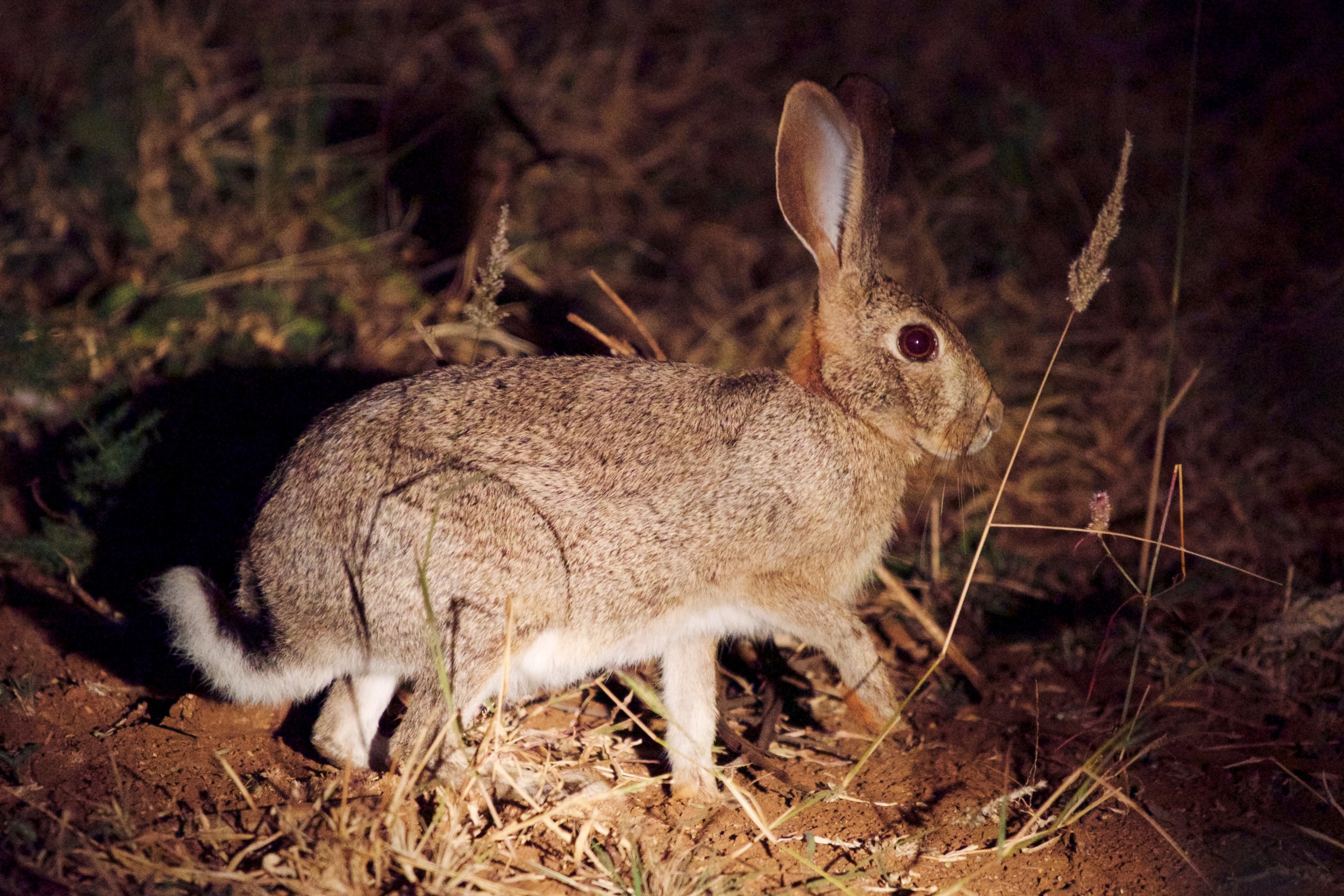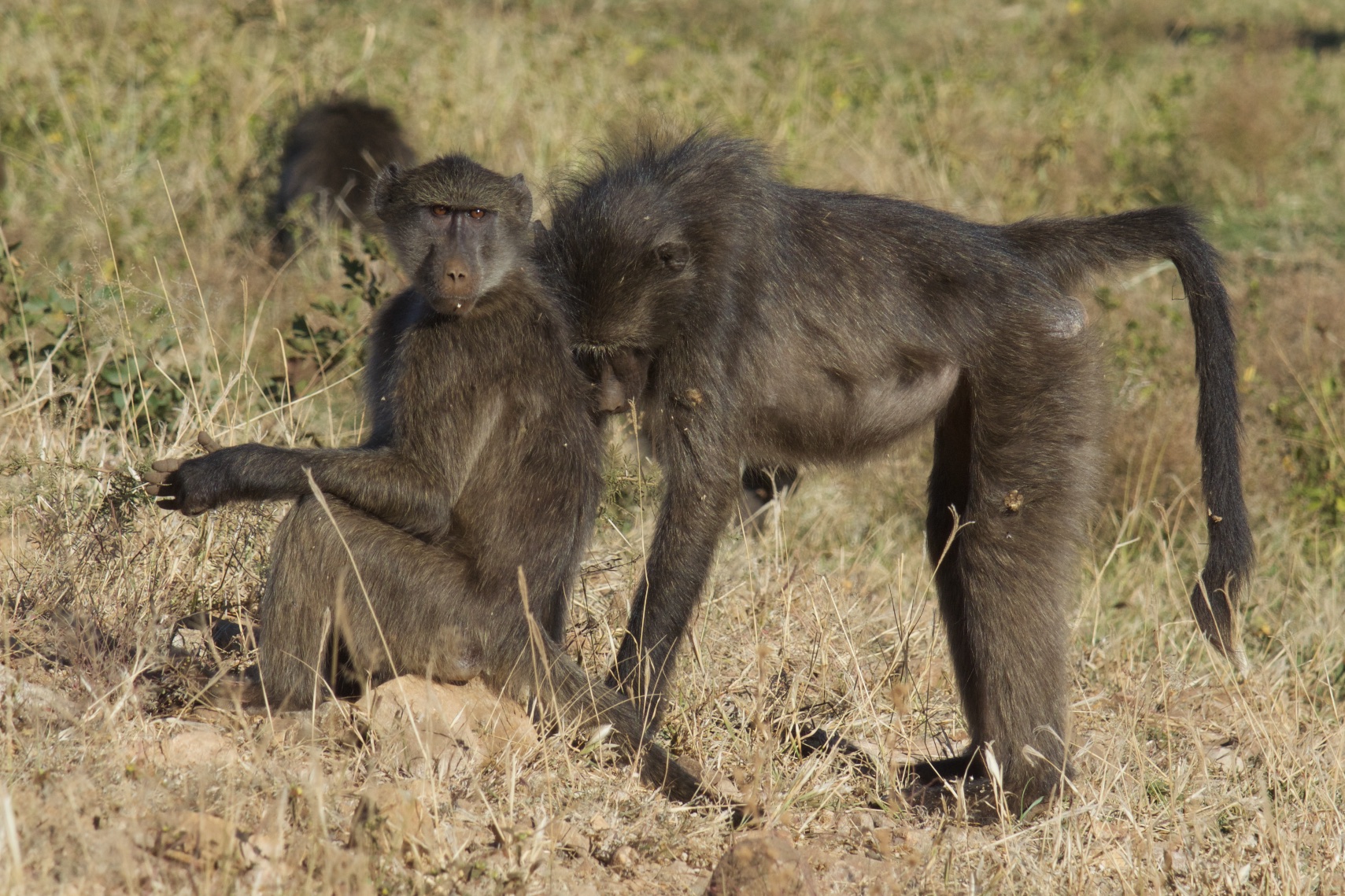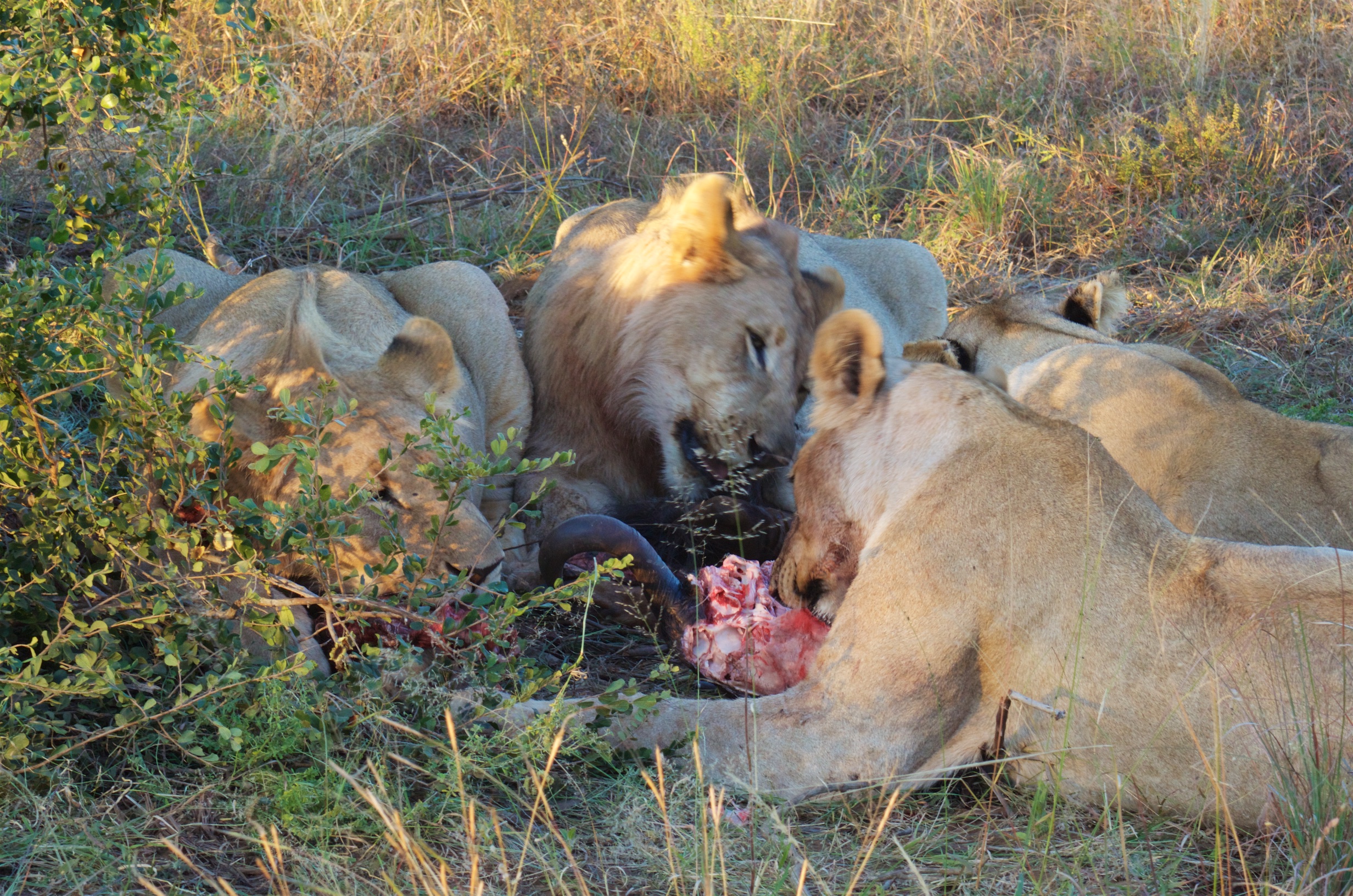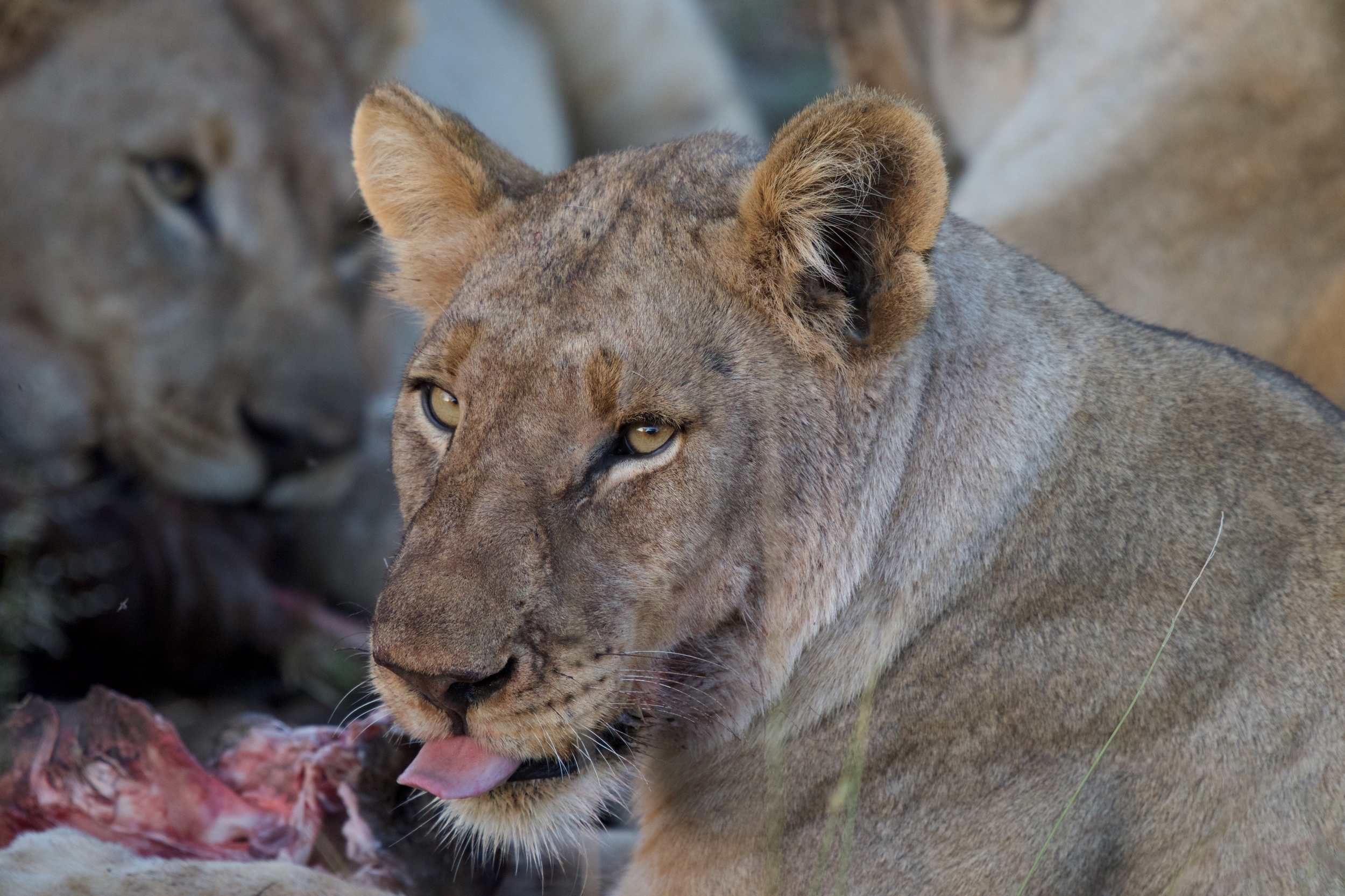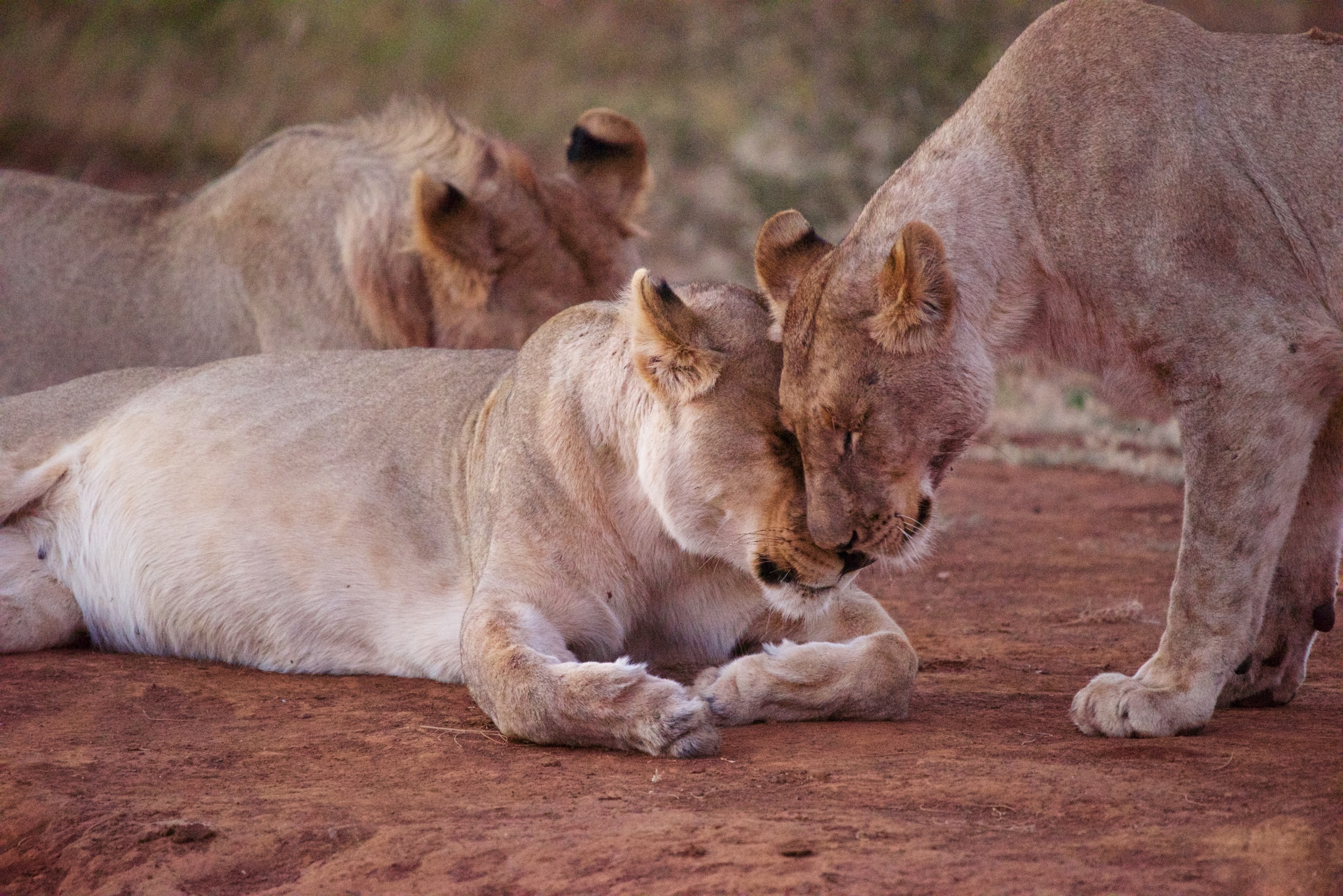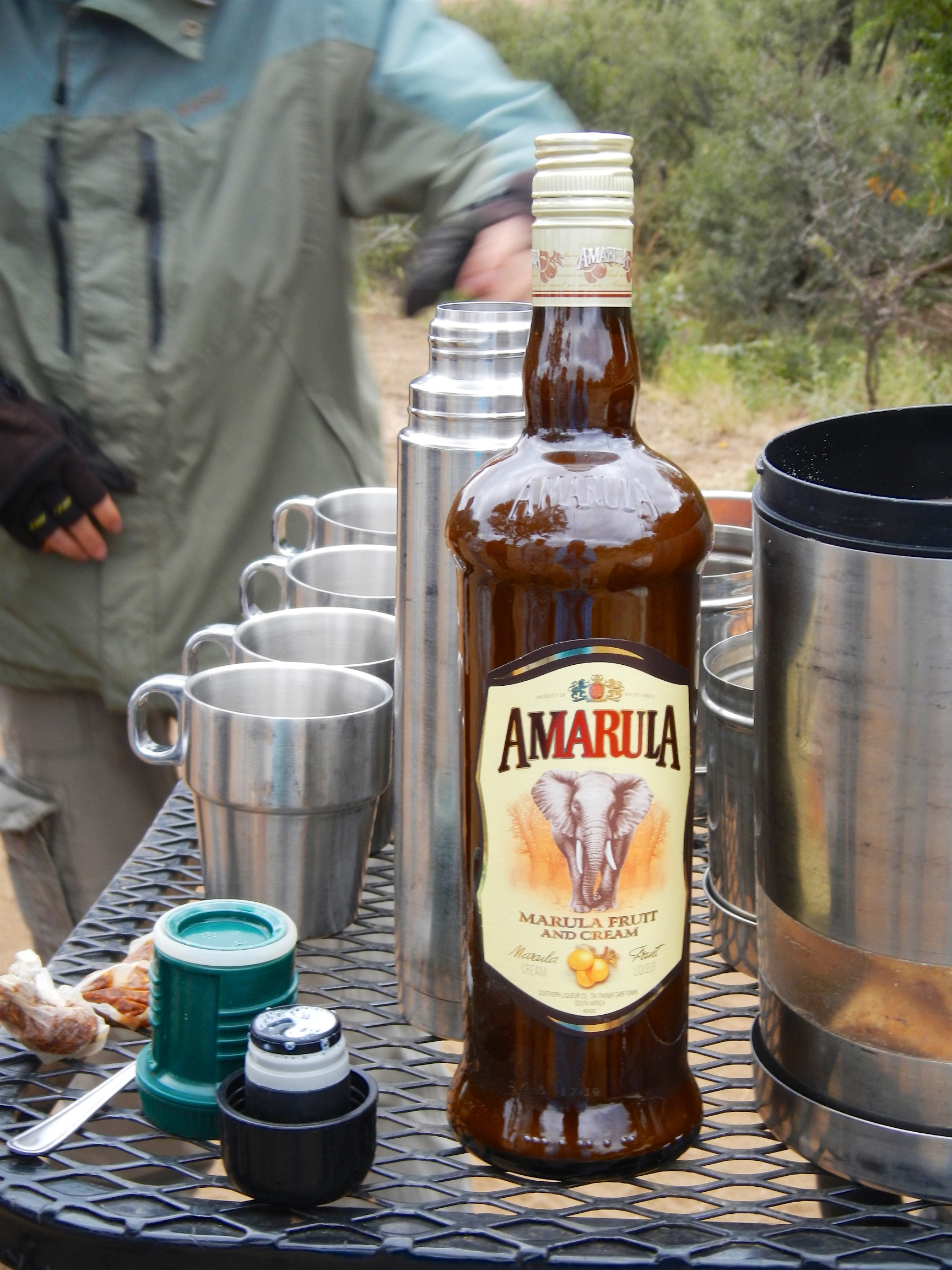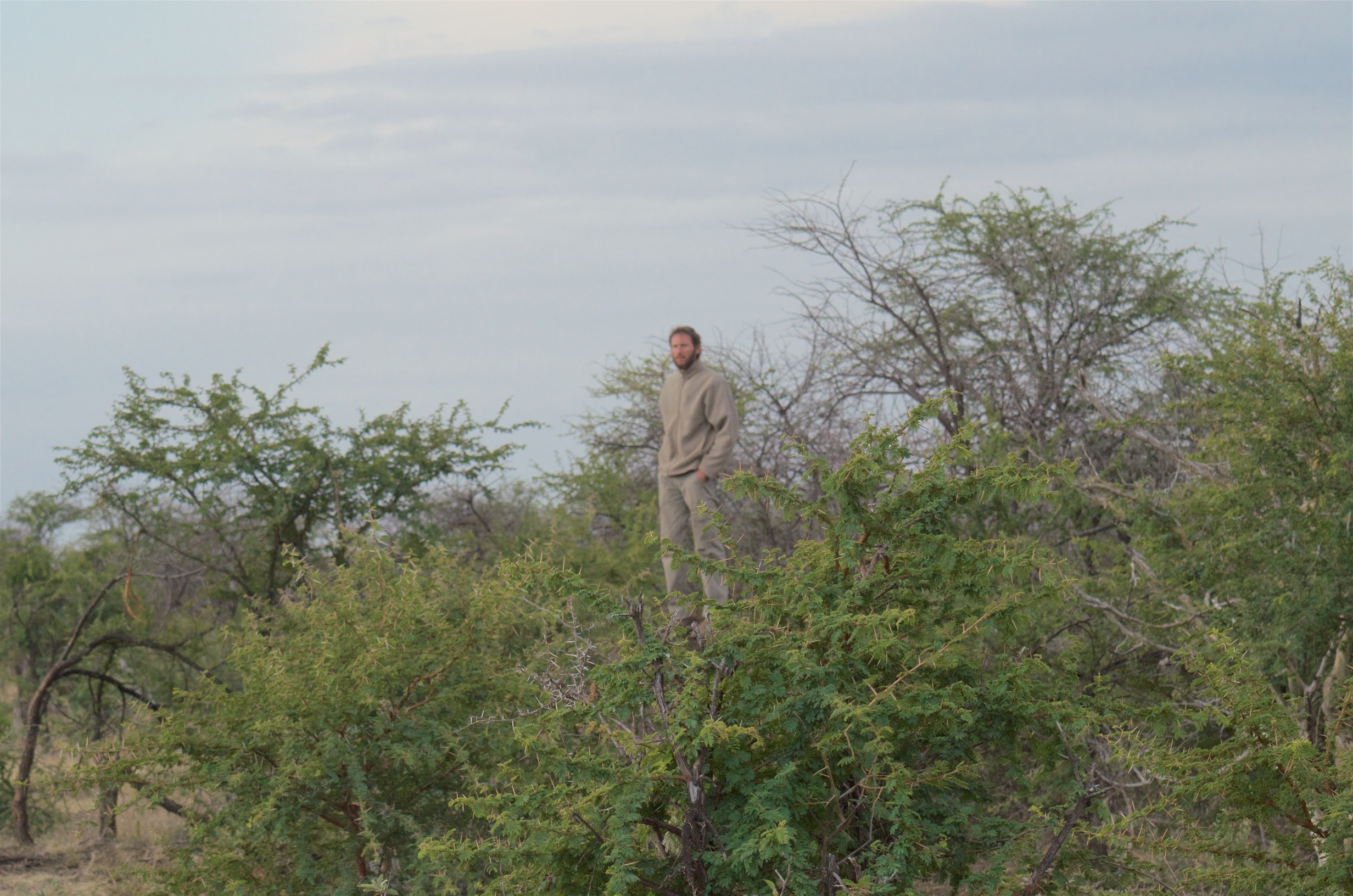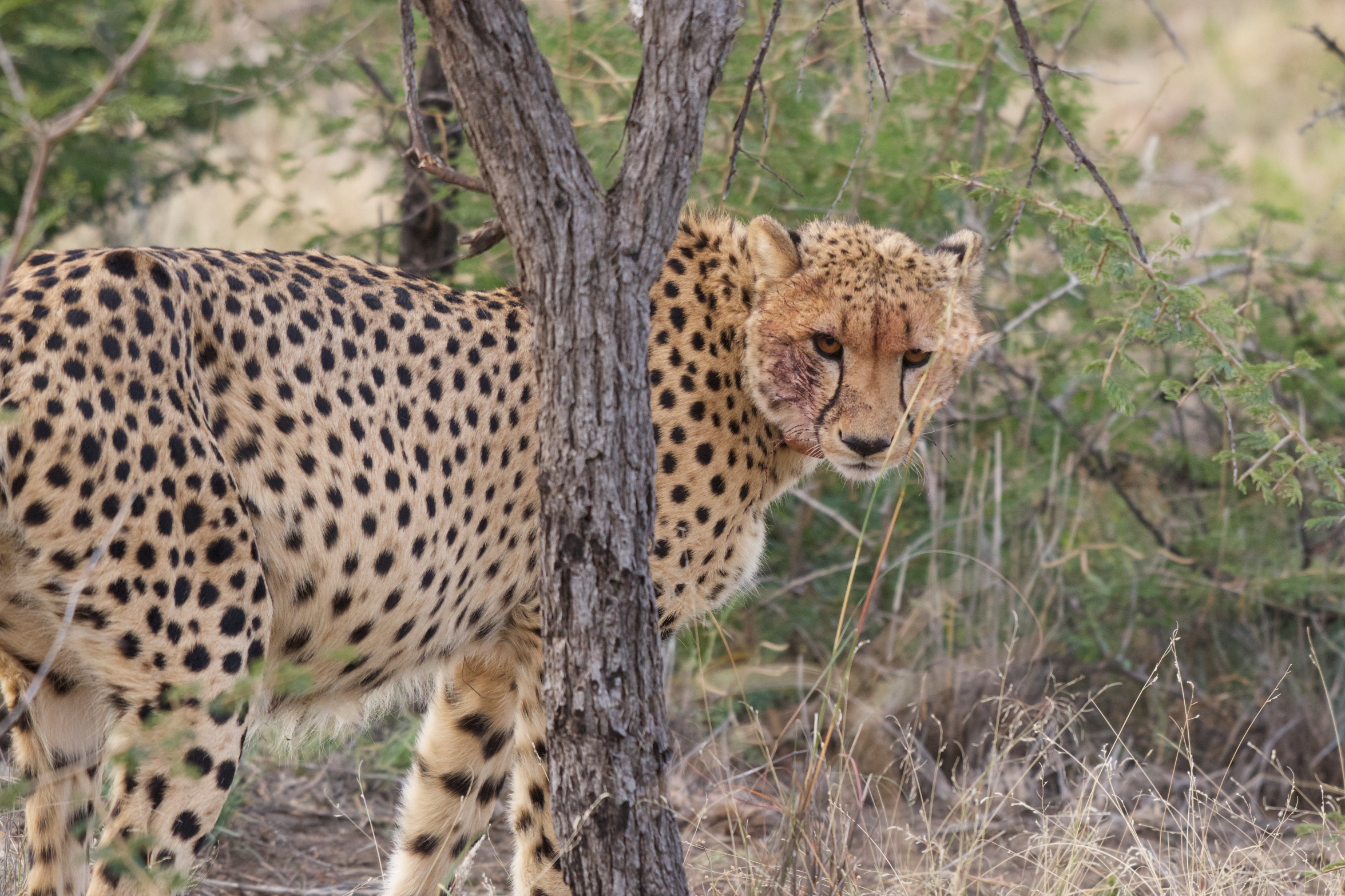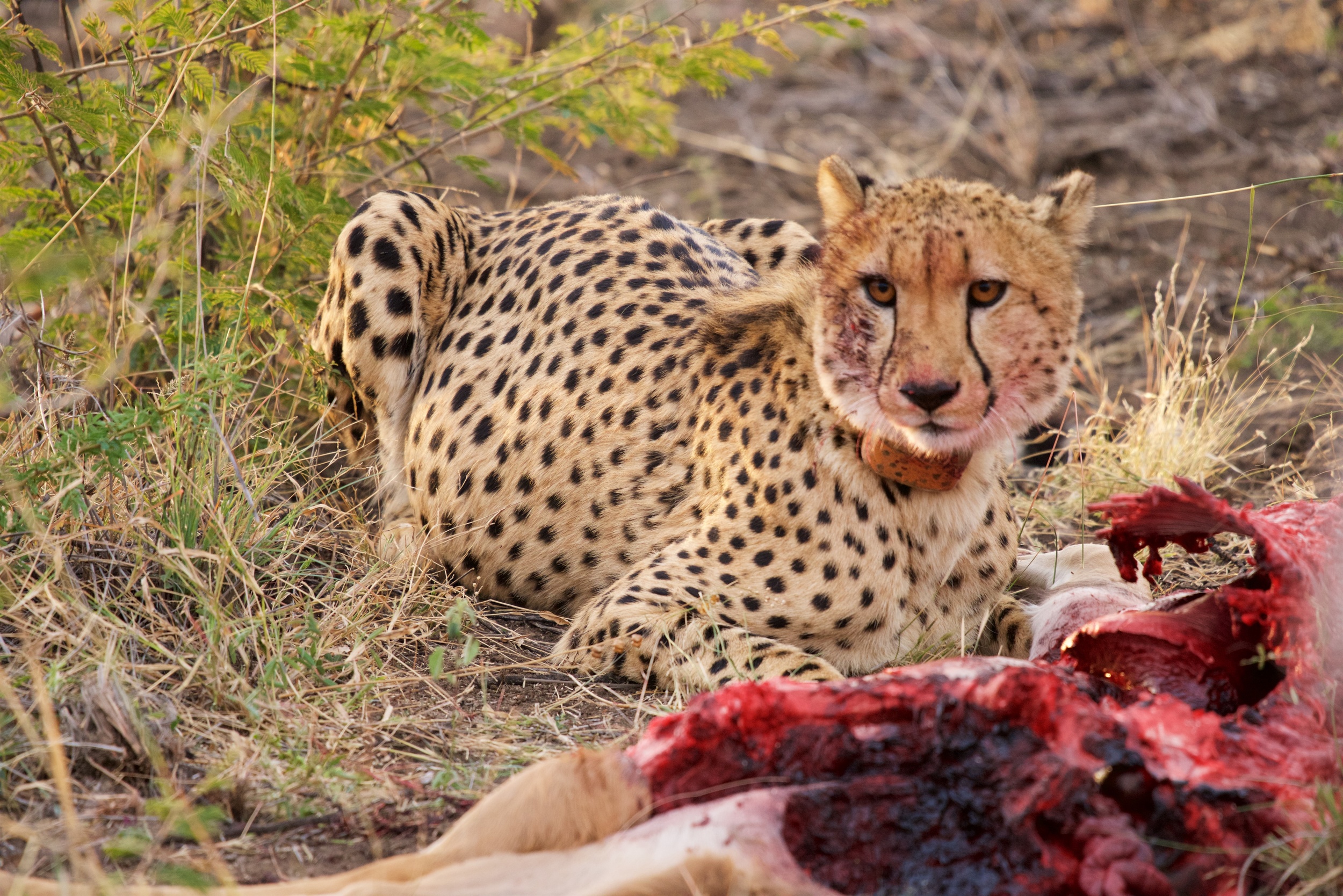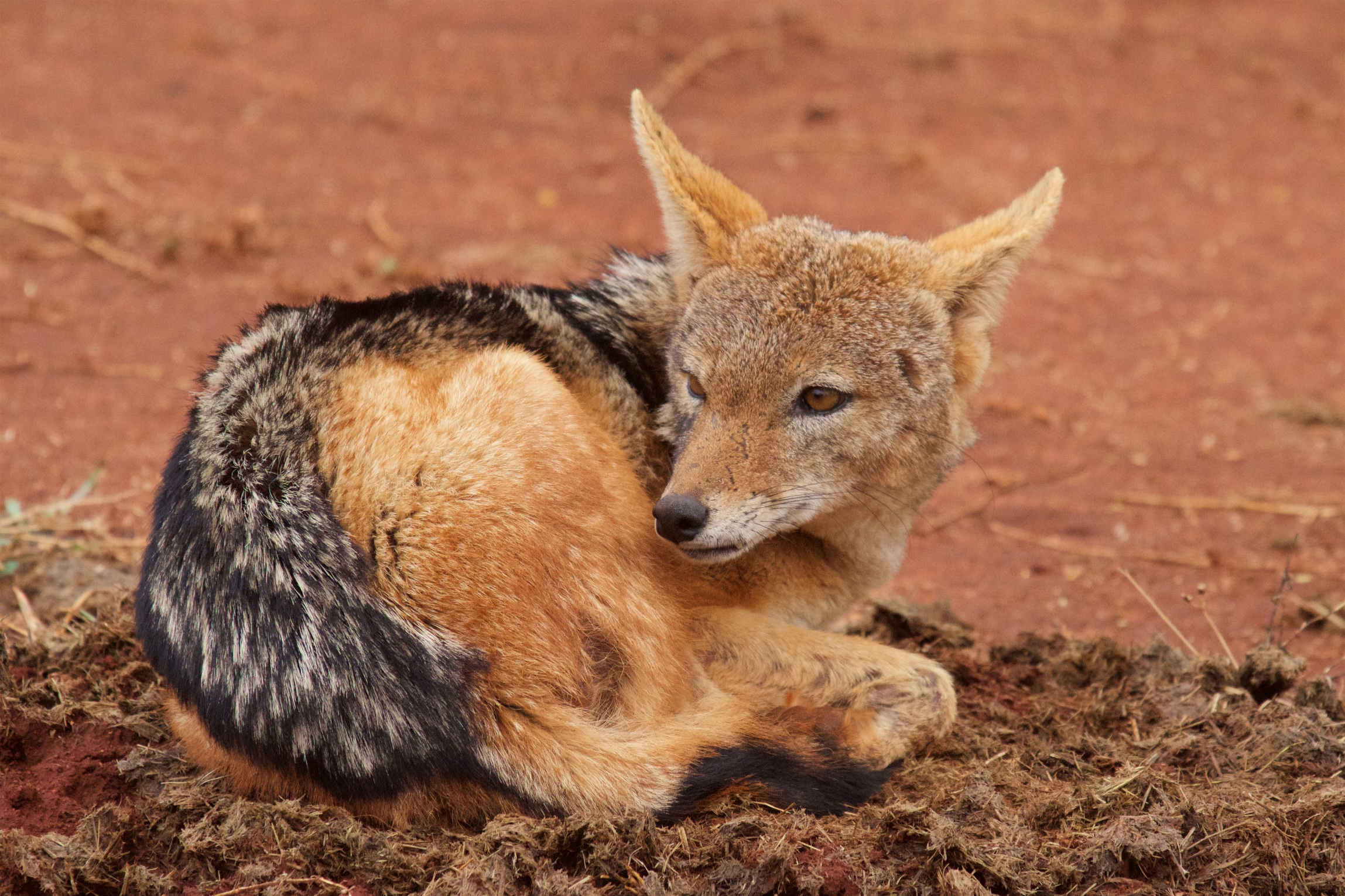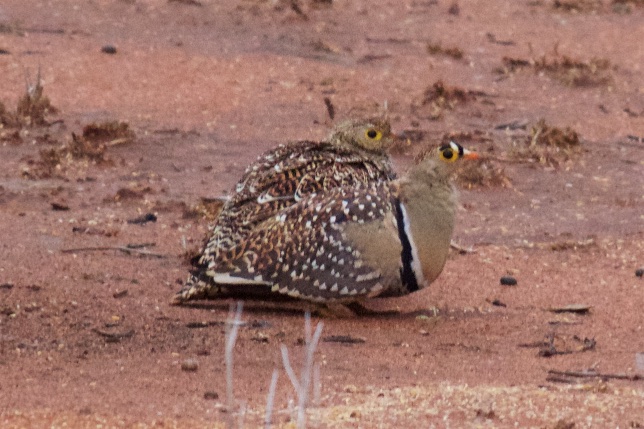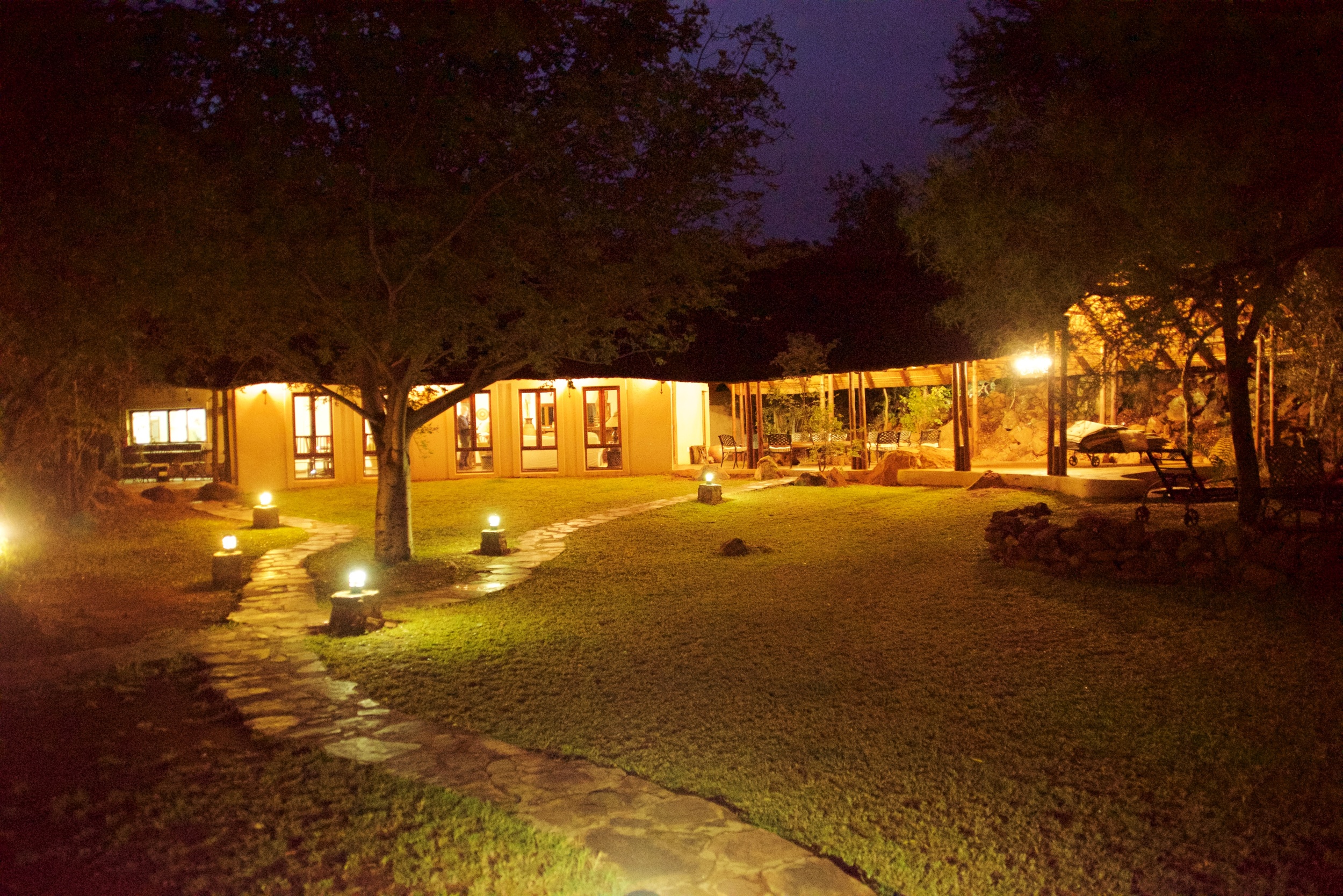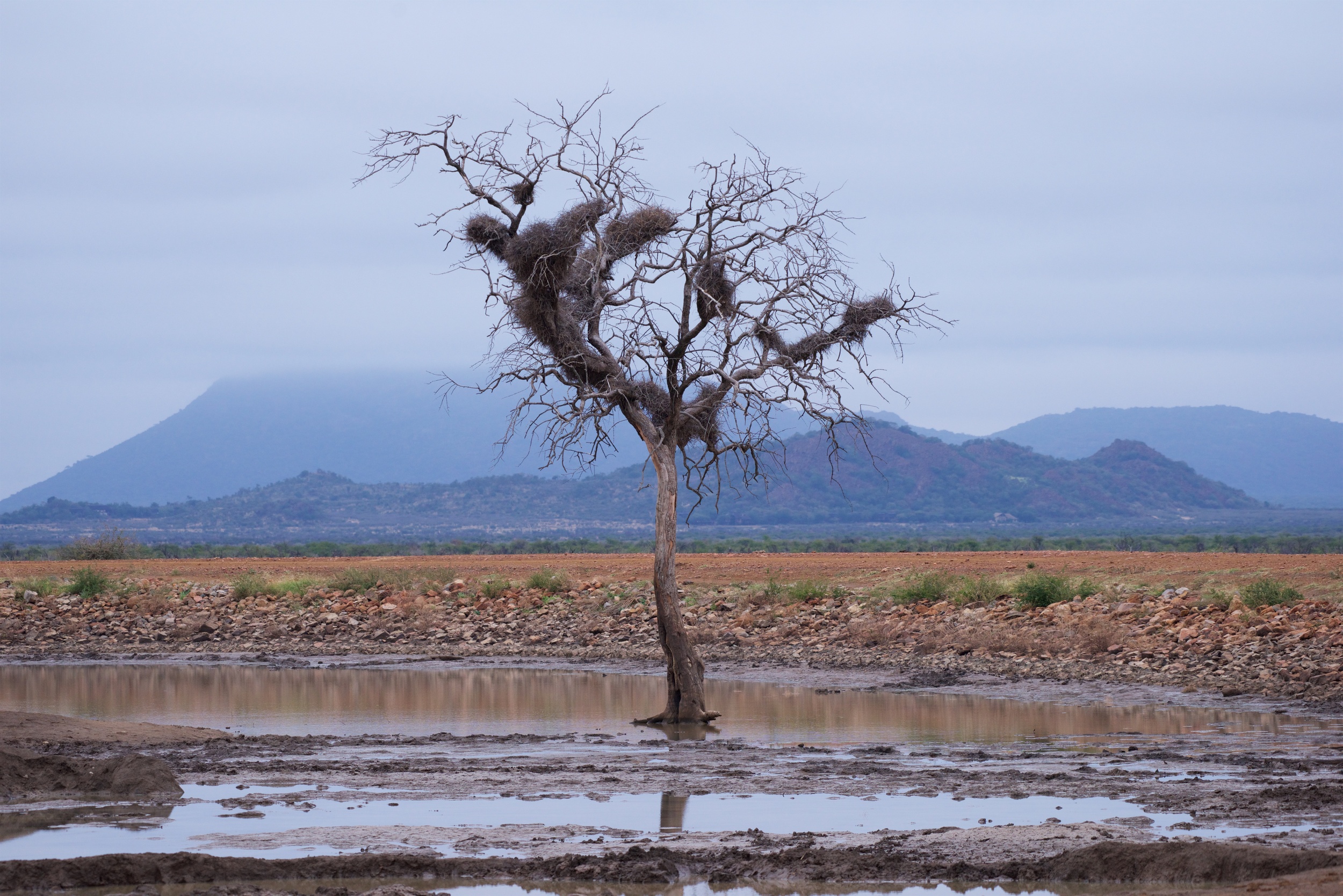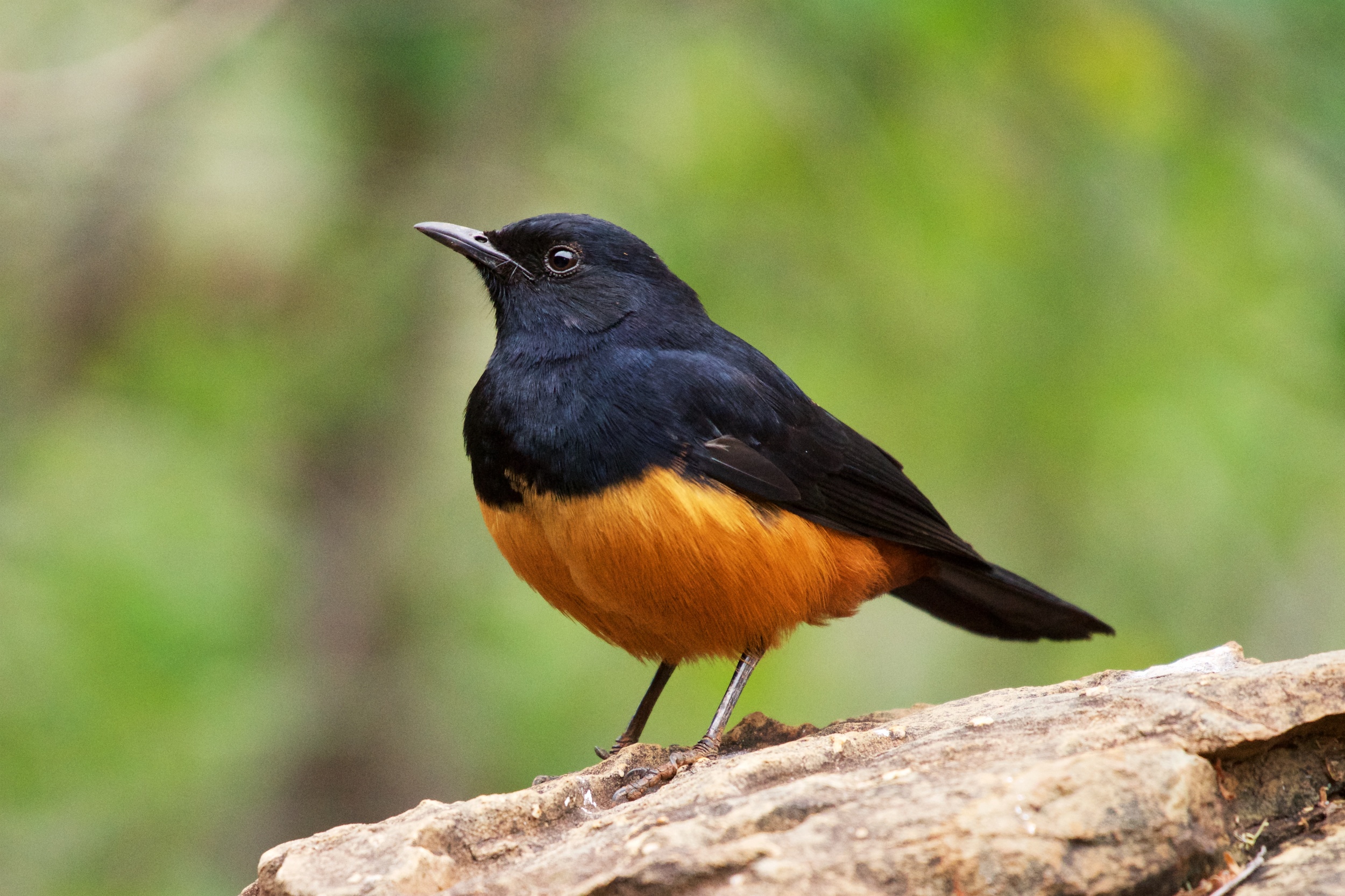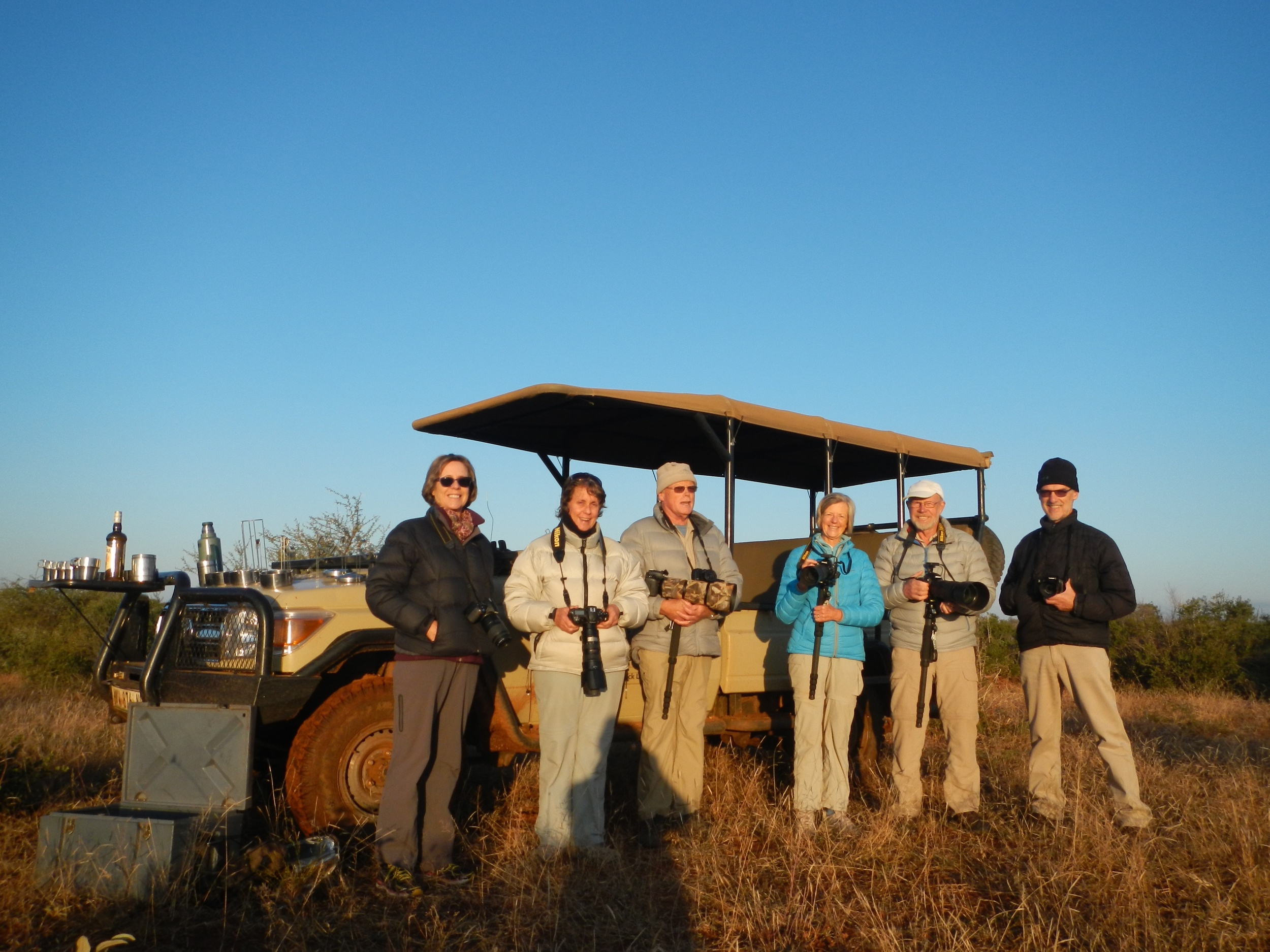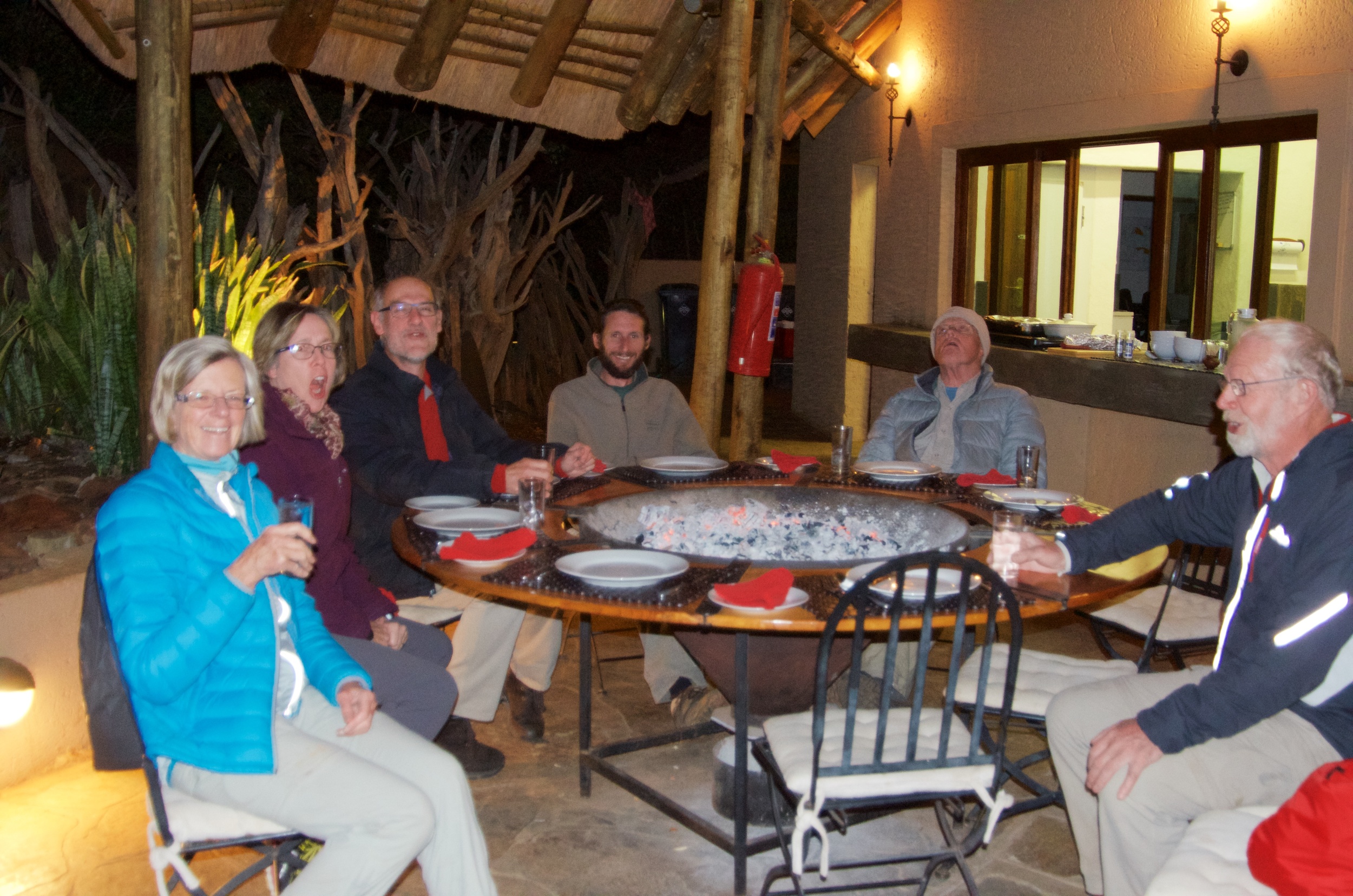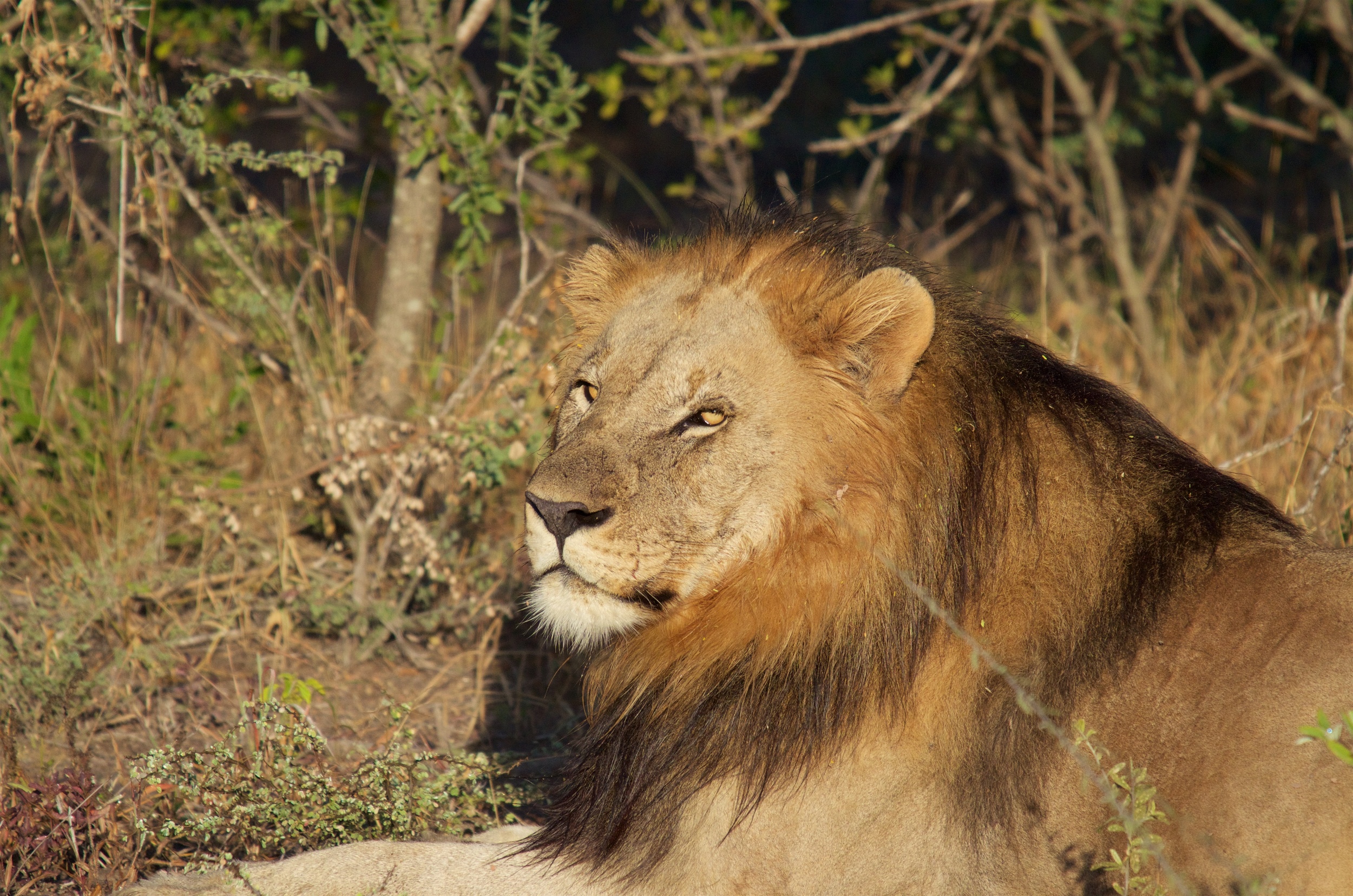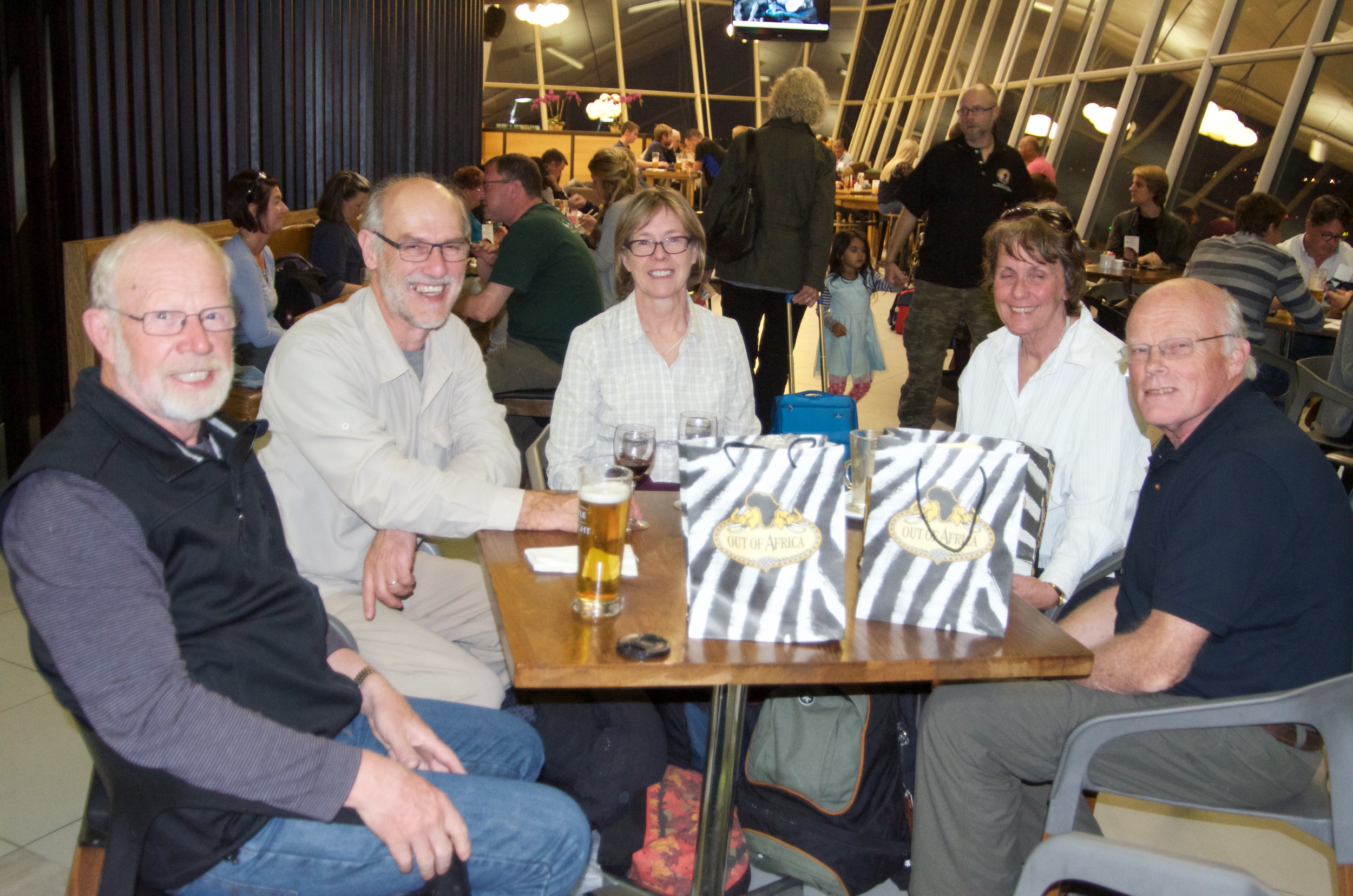We started the day with breakfast at the City Lodge Hotel and after checking out we backtracked through the concrete labyrinth leading us back to the main Johannesburg International (O.C.Tambo) Airport.
As our travel today was to be to another country (Botswana) we assumed that it would be an ‘international’ flight and this resulted in us becoming a little lost as there did not appear to be any directions to ‘international departures’.
An exceedingly helpful porter set us straight by telling us that we should have been looking for ‘regional’ rather than international departures.
He assisted by directing us to the correct location for ‘checking in’ and bypassed other queues by taking us through a ‘business class’ access lane. One of his fellow porter colleagues told us that he could speed up the process even more so by having one of us in a wheelchair.
Having completed all the usual customs formalities we then walked as far as one could possibly walk in the airport terminal to the furthest departure lounge (#A30) and prepared to board our Avro plane for Kasane.
Our flight path from Johannesburg was northwards and for the first ten or fifteen minutes we passed over a sprawling mass of suburban homes that seemed to spread to the horizon in all directions. Near the border between South Africa and Botswana we could see mine operations going on and were informed that this is the famous De Beers diamond mine region.
Further north we could see a major river meandering through what appeared to be a semi-desert region. There was extensive irrigation operating immediately adjacent to the river as indicated by the numerous circular patches of green pasture and cropping amongst the brown arid landscape.
We then passed over a vast area of dry lakebeds and saltpans with a few traces of shallow water appearing as sky blue ponds in a bleached environment.
As we neared our destination the scenery altered to typical savannah country with many stunted thornbush trees dotted amongst a parched grassy landscape.
We landed at the small township of Kasane (pronounced Kasané) at around 13:00 and found the customs reception to be typically friendly but very slow as processing was done with antiquated computers.
Our Pangolin guide Charl was there to meet us and transported us to our nearby hotel called Chobe Bush Lodge.
After settling into our very nice accommodation we headed with cameras down to the Chobe River to join Charl once again for our introductory photographic session on the river.
Our river transport is a 7m covered aluminium boat specifically set up for photographers. There were six of us on the boat and each of us had a seat next to a multidirectional mounting stage for our cameras.
Charl suggested that 200 – 500mm lenses were needed and issued Rae and Corinne with these for use during our stay here.
As the wet season (October – April) has now recently finished, the Chobe river is at nearly maximum height and has flooded over large areas on either side of the main river’s course.
Our boatman Shar took us slowly up the river stopping at riverbank spots where bird or animal life was sighted and approachable.
During our afternoon session we saw numerous species of birds including two species of kingfisher, namely the pied and malachite kingfisher.
Other birds sighted included bee-eaters, wagtails, geese, herons, hornbills, skimmers, fish eagles, darters, doves, egrets, ….
Of the non-avian animal type encountered, the dominant species were elephant and hippopotamus which we managed to get quite close to but with sufficient caution to avoid the dangers of angry hippos!
There were several crocodiles sunning themselves on the riverbank and we also saw two monitor lizards, water buffaloes, mongoose and impalas along the way.
























